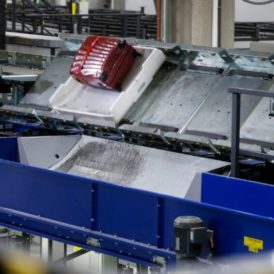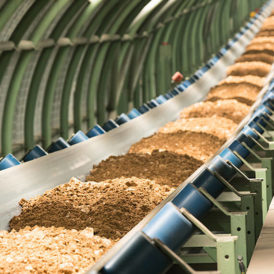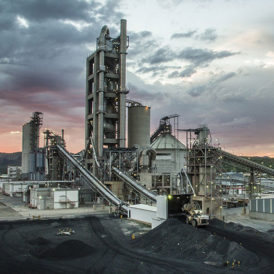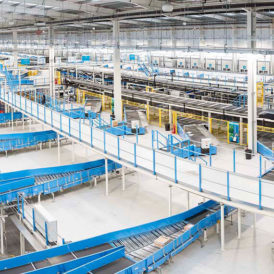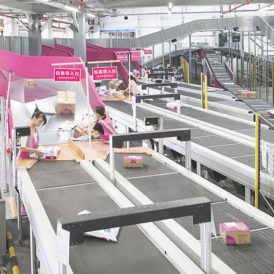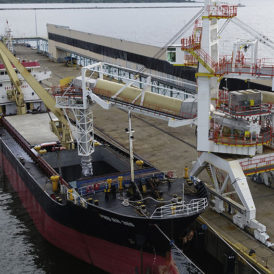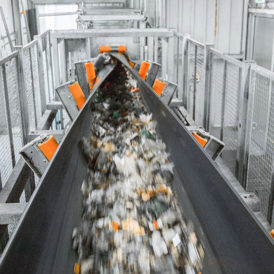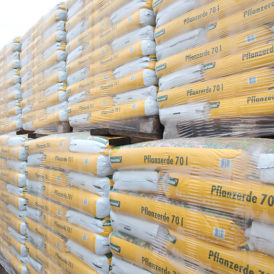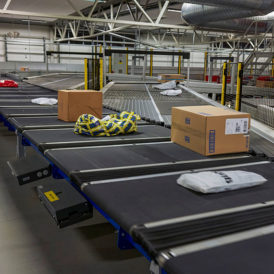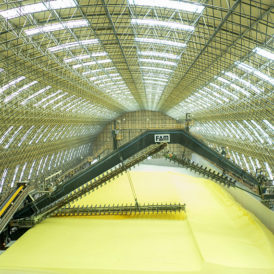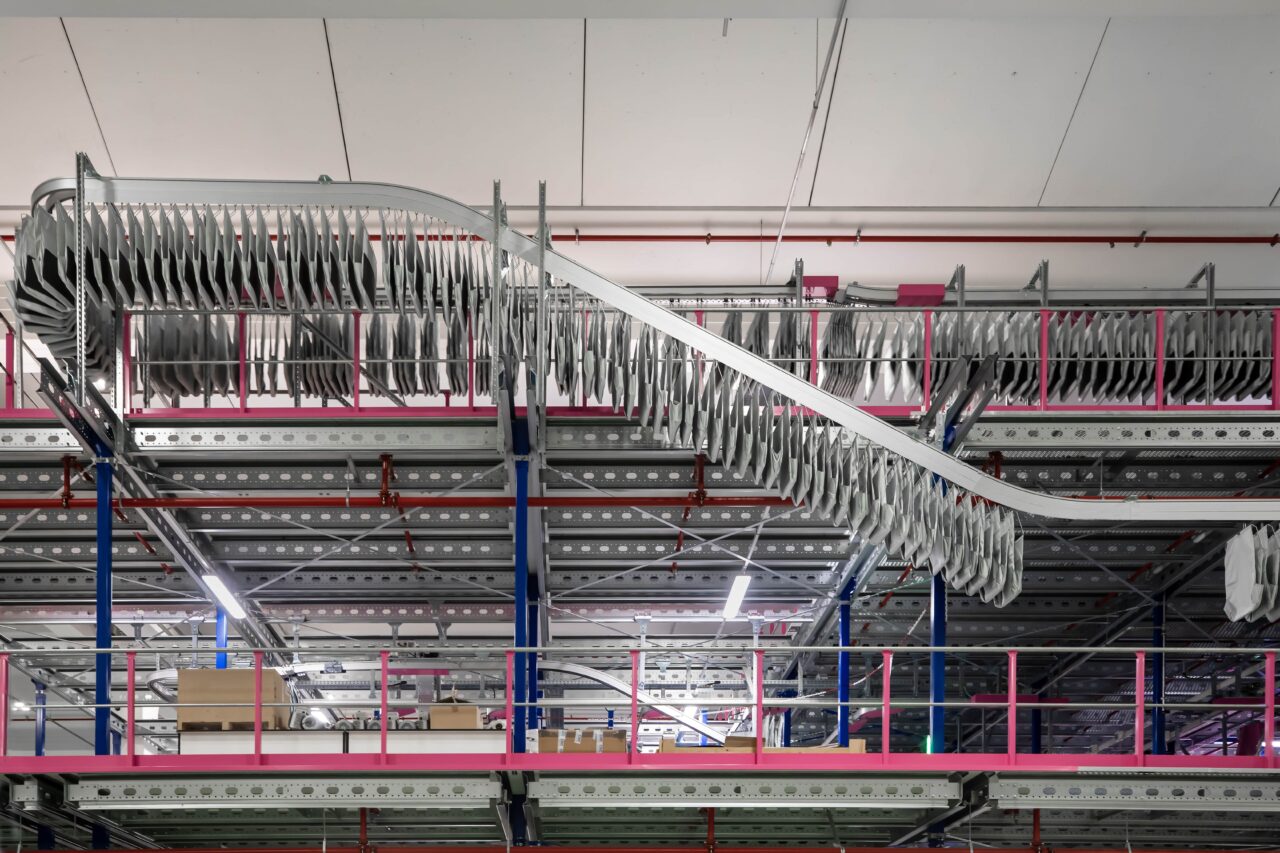The aftershocks of the Pandemic are still being felt – most keenly in the area of labour recruitment and retention – and most small and medium-sized warehouse operators are still favouring a cautious approach to spending.
Nevertheless, the WD market is projected to grow substantially: at a CAGR of 7.23 percent over the next four years, it will increase from 263.5 billion to $400.5 billion by 2027. And in order to cope better with this demand there will be a 15.9 percent increase in investment in automation technology in 2024, as increasing numbers of major operators seek robotic and AI-powered digital solutions to convert their WD enterprises into Dark Warehouses.
Dark Warehouses: a handy labour cure
A January 2024 survey confirms that labour shortages continue to be the biggest concern in the sector. Some 31 percent of operators are worried, although it was not a clear winner.
Supply chain disruption (27 percent), the increased cost of transport/freight (25), increased customer demand for faster deliveries (23), increased order volumes (18), the pressure to restock (18) and a general lack of warehouse space (18) are also causing concern.
In Dark Warehouses, labour concerns do not exist. The lights are switched off because there are no humans at work. Instead, all the processes are automated. Still largely theoretical, some Dark Warehouses do exist, but only when the product is of a universal size and easy to handle.
Slowly, however, the tech is catching up with the ever-growing demand, and 2024 could be the year in which Dark Warehouses start functioning with varied stocks.
Some 40 percent of operators are expected to turn to automation technology in 2024, and it is predicted that 26 percent will be fully automated by 2027.
Dark Warehouses help operators to:
- alleviate labour concerns
- optimise order fulfilment processes
- increase overall efficiency
- reduce operational costs
- make better use of their vertical space (use of warehouse drones seems to be increasing)
- reduce their carbon footprint
Huge drive to automate processes
To convert their WD centre into a Dark Warehouse, many operators are likely to invest in necessary hardware, such as the Autonomous Mobile Robots (AMRs) and Automated Guided Vehicles (AGVs).
They will also acquire pouch technology to automate the order handling and returns processes by the buffering, sorting and sequencing of single items.
As far as software is concerned, rising consumer expectations have increased the pressure on warehouses to deliver quickly, and they are using all manner of AI-powered tools to analyse data to shave seconds off their supply times and improve inventory management.
Whether it’s using advanced localisation algorithms, augmented reality, track and trace technologies, location and environmental sensing systems, or automated scanning solutions, every little bit of data helps to improve their performance, spying patterns the human eye simply can’t detect.
According to the January 2024 survey, 18 percent plan to implement WMS/WES/WCS software and other favoured investments include radio frequency picking technology (17), conveyor and sortation systems (15), robotic cube storage (12), AMRs (12), AGVs (11), and ASRS including vertical lift modules, vertical carousels, and vertical buffer modules (9).
Investment in automation is not the only trend we can look forward to. Let’s take a look at what else experts are expecting:
- Increased demand for floor space
- Pressure to become more sustainable
- Renewed emphasis on safety
- More collaboration to ensure supply chain agility
